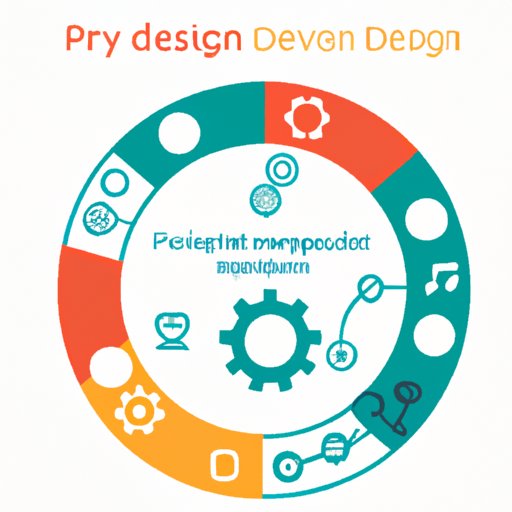I. Introduction
Developing an invention idea is one of the most exciting and rewarding endeavors an entrepreneur can undertake. However, it can also be a challenging process that requires you to navigate a variety of complex legal, financial, and technical issues. In this article, we’ll provide you with a comprehensive guide to developing your invention idea and bringing it to life.
By following the steps outlined in this article, you’ll be better equipped to navigate the complex world of invention development, collaborate with key stakeholders, pitch your idea to investors, and navigate the patent process.
II. Steps to Take to Develop Your Invention Idea
The first step to developing your invention idea is to conduct comprehensive research to ensure that you understand the problem you’re trying to solve, the target audience for your invention, and the unique features that distinguish your innovation from existing products or services. This research should include identifying and understanding the problem, researching similar inventions, analyzing the target audience, and defining the unique features of your invention.
Once you have a clear understanding of your invention, you’ll need to build a prototype to demonstrate its functionality. This process typically involves creating a 3D or virtual prototype that accurately reflects the design and functionality of your invention.
After you’ve developed a prototype, it’s critical to test and refine your concept by conducting thorough testing and data analysis. Through this process, you’ll identify any potential weaknesses and improve the design accordingly.
III. The Importance of Collaboration in Invention Development
Collaboration is a key factor in successful invention development and can help you to share knowledge and expertise, leverage networks, gain new perspectives, and increase access to resources and funding. There are several types of collaboration that can be beneficial when developing an invention idea, including partnering with other inventors, working with companies in the same field, and participating in incubators or accelerators.
To get the most out of your collaborations, it’s essential to develop trust, define roles and responsibilities, stay organized, and communicate effectively with your partners. By doing so, you can help ensure that everyone involved is aligned and working towards the same goals.
IV. How to Pitch Your Invention Idea to Investors
When it comes to pitching your invention idea to investors, it’s critical to craft an effective pitch that identifies the unique selling proposition, outlines the business plan, and delivers a compelling presentation. You’ll also need to identify the right investors by understanding their interests and alignment, researching their background and portfolio, and building a relationship with them.
In addition to preparing a pitch, you’ll also need to prepare financial projections by forecasting revenue, estimating costs, and projecting potential ROI. By doing so, you can help demonstrate the potential value of your invention and your ability to execute the business plan.
V. Maximizing Creativity in Invention Development
Maximizing your creativity is critical when developing an invention idea since it can help you come up with groundbreaking ideas that capture the imagination of your target audience. There are several techniques for coming up with inventive ideas, including brainstorming, mind mapping, SCAMPER, TRIZ, and other ideation techniques.
To cultivate creativity, you’ll need to expose yourself to new experiences, practice mindfulness, develop curiosity and a growth mindset, and be persistent and flexible. Additionally, you should embrace experimentation, learn from setbacks, and leverage iterative design and prototyping to refine your invention idea.
VI. Navigating the Patent Process for Your Invention Idea
Once you’ve developed your invention idea, you’ll need to navigate the patent process to protect your innovation and ensure that you have exclusive rights to it. The first step is to determine if your invention can qualify for a utility patent, design patent, or plant patent and identify what can be patented.
Next, you’ll need to understand the differences between provisional and non-provisional patents, as well as patent validity and infringement. Finally, you’ll need to file a patent application, which involves conducting a patent search, preparing the application, filing with the USPTO, and responding to any requests from examiners.
VII. Conclusion
Developing an invention idea can be a challenging process, but the rewards can be immense. By following the steps outlined in this article, including conducting research, building a prototype, testing and refining the concept, collaborating with key stakeholders, pitching your idea to investors, maximizing creativity, and navigating the patent process, you can develop your idea and bring it to life.
(Note: Is this article not meeting your expectations? Do you have knowledge or insights to share? Unlock new opportunities and expand your reach by joining our authors team. Click Registration to join us and share your expertise with our readers.)
